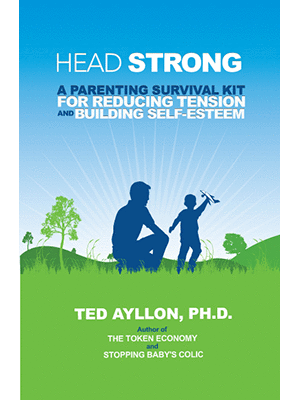When is Enough, Enough in Education?
On NPR this week I heard a report of a study on teacher education in the US. The study evaluated over 1400 colleges of education and found that 7 out of 10 are doing a poor job in teaching reading! They do a worse job with other basic subjects like English, math, science and history. Kate Walsh, president of the National Council on Teacher Quality, says, “Right now, much of higher ed believes that it’s not their job to have a teacher be ready for the classroom on Day 1.” Joshua P. Starr, the superintendent of Montgomery County Public Schools, said he is concerned that the new ratings amount to teacher bashing. Mr. Starr misses the point; it is not about the teachers at all but about the poor training in Universities and the management of teachers in local school systems. He seems not to understand that he is one of the people being bashed. This report just adds fuel to my fire about the poor state of public education in the U.S. In May at the Association of Behavior Analysis International conference, I attended a presentation by members of The Wing Institute, an independent non-profit organization promoting evidence-based education policies and practice. The title of the session was “Directly Influencing Teaching in The Classroom: A Systematic Approach.” Jack States’ presentation showed that the $60 billion spent on preparing teachers to teach effectively was utterly wasted – wasted time and wasted taxpayers money –in terms of the dismal impact on student learning. This new study provides further validation of States’ research. The mission of the US Department of Education is: to promote student achievement and preparation for global competitiveness by fostering educational excellence and ensuring equal access. In 2013 they have $70 billion to do it. This does not count $100 billion included for education in the American Recovery and Reinvestment Act of 2009.
They have received billions of dollars since the Department was given cabinet status in 1980. The total expenditure on the Department approaches two trillion dollars since 1980 at the Federal level alone. And what is the return on that “investment?” According to reports from NAEP, the National Assessment of Educational Progress, there has been no appreciable improvement in what students learned since 1980. This reminds me of a patient I treated for Agoraphobia years ago. She had been receiving electroshock treatments for 26 years. I have often wondered how long it would have taken her psychiatrist to conclude that electroshock was not working. (By the way, it took less than two months of behavioral treatment to “cure” her and she did beautifully till her death two years ago.) How long will it take for the Government and the public to conclude that what we have been doing in education since the 1970s is not working? The system is broken and in my opinion is not capable of being fixed. The time for tweaking is over. It is a wreck, dead, done. There are schools that are doing a good job but almost all are not public.
Public access and quality education could go together well if anyone in education was looking to what science can tell us about how learning occurs. Schools are fascinated with process almost to the point of ignoring the impact on the most important outcome—student learning. If the school systems were measured by their impact on student performance—all up and down the chain they would demand better preparation of teachers and hopefully begin to look at the effect of their own behavior in terms of whether it helps or hinders teacher performance in the classroom. The sad truth is that technology and effective processes exist today that can teach effectively and efficiently. Morningside Academy in Seattle is one such example, hiding right in plain sight for decades. For a book on their teaching methods, see Generative Instruction: What It Means to Leave No Child Behind by Johnson and Street. Getting the establishment to use new methods requires significant behavior change on the part of many administrators who are highly reinforced for keeping things the way they are. Consequences necessary to make that happen are unlikely to occur. There are many teachers who try to use more effective methods “under the radar” but find little positive reinforcement from the educational hierarchy. What teachers need is help in shaping and accelerating learning, not bureaucracy. Until accountability comes to education, driving more parents who have the capacity to abandon the system through home schooling or private schooling, little will change. Such change need not take a very long time. It takes active and measurable commitment. It means holding yourself as head of any educational unit responsible for the success of those you supervise—not for creating beautiful plans but for taking their very good ideas and helping them do their job—educate the youth of America. It then means holding teachers accountable for the individual success of students, not for the average achievement of the class but the number of students who met their individual achievement targets. Morningside Academy can show us all how to do that. If we would only look and learn! Thanks for reading my rant. I am calm for now.




